Time Period: Post-Reconstruction through the Gilded Age (1875 - 1900)
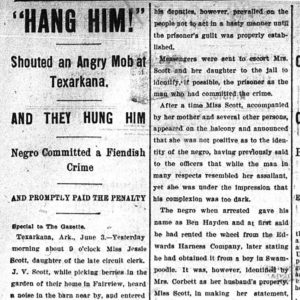 Haden Lynching Article
Haden Lynching Article
Haygood Seminary
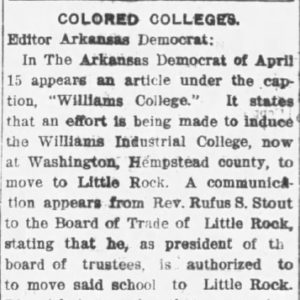 Haygood Seminary Letter
Haygood Seminary Letter
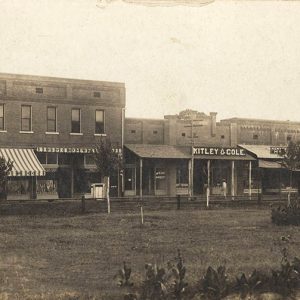 Hazen Street Scene
Hazen Street Scene
Heartsill, Willie Blount Wright (W. B. W.)
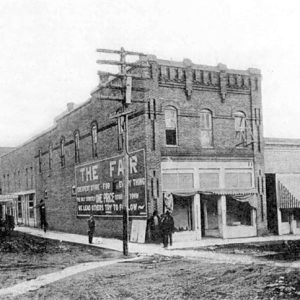 Heber Springs Building
Heber Springs Building
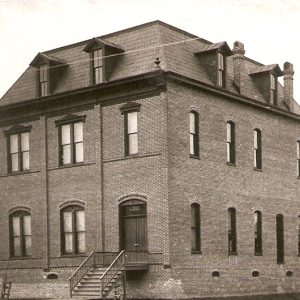 Helena Public Library
Helena Public Library
Hell on the Border
 Hell on The Border
Hell on The Border
Hemingway, Wilson Edwin
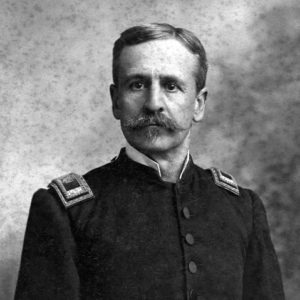 Fay Hempstead
Fay Hempstead
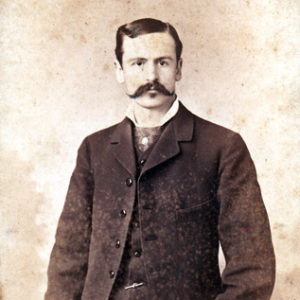 Fay Hempstead
Fay Hempstead
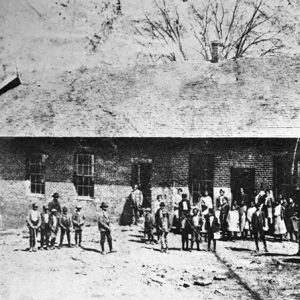 Henderson School
Henderson School
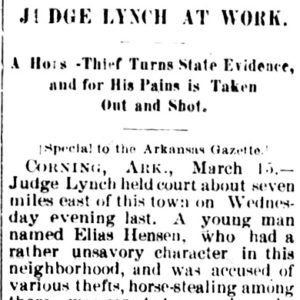 Elias Hensen Lynching Article
Elias Hensen Lynching Article
Hensen, Elias (Lynching of)
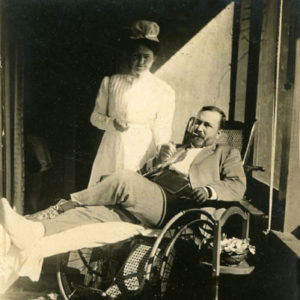 Elisabeth Herndon
Elisabeth Herndon
Herndon, Elisabeth Chapline
Herrig, William (Lynching of)
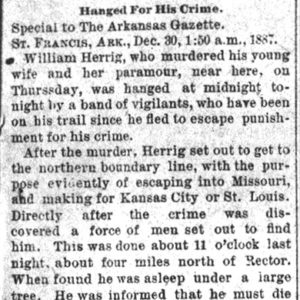 William Herrig Lynching Article
William Herrig Lynching Article
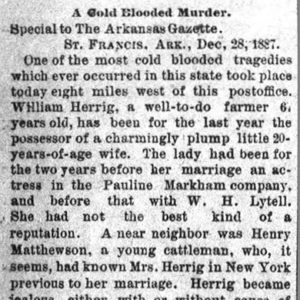 William Herrig Murders Article
William Herrig Murders Article
Hickman House
 Highfill Church
Highfill Church
Hill, Daniel Harvey
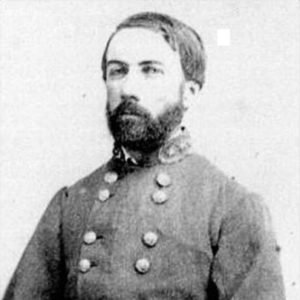 Daniel Harvey Hill
Daniel Harvey Hill
Hinemon University School
Hogan, John (Lynching of)
 John Hogan Lynching Article
John Hogan Lynching Article
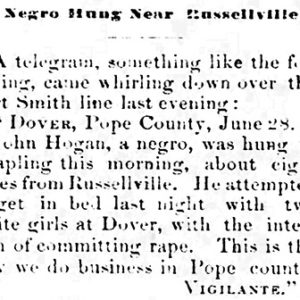 John Hogan Lynching Article
John Hogan Lynching Article
Holland, Jim (Lynching of)
 Jim Holland Lynching Article
Jim Holland Lynching Article
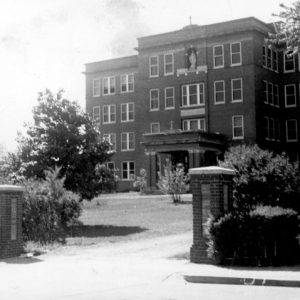 Holy Angels Convent
Holy Angels Convent
 J. W. Honnoll
J. W. Honnoll
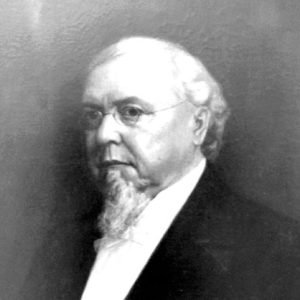 Philo Hooper
Philo Hooper
Hooper, Philo Oliver
Hornibrook House
aka: Empress of Little Rock
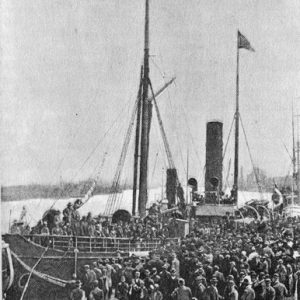 Horsa Departing for Liberia
Horsa Departing for Liberia
 Hot Spring County Lynching
Hot Spring County Lynching
 Hot Spring County Museum
Hot Spring County Museum
Hot Spring County Museum
aka: Boyle House
 Hot Springs Confederate Monument
Hot Springs Confederate Monument
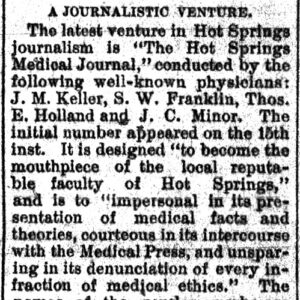 Hot Springs Medical Journal Story
Hot Springs Medical Journal Story
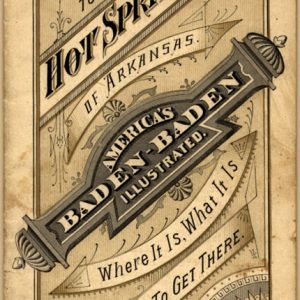 Hot Springs Promotional Brochure
Hot Springs Promotional Brochure
 Hot Springs Railroad Roundhouse
Hot Springs Railroad Roundhouse
Hot Springs Railroad Roundhouse
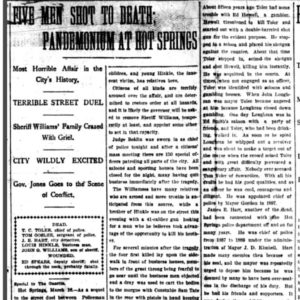 Hot Springs Shootout Article
Hot Springs Shootout Article
Hot Springs Shootout
aka: Hot Springs Gunfight
aka: Gunfight at Hot Springs
Hot Springs Smallpox Outbreak of 1895
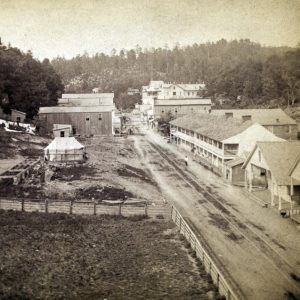 Hot Springs Street Scene
Hot Springs Street Scene




